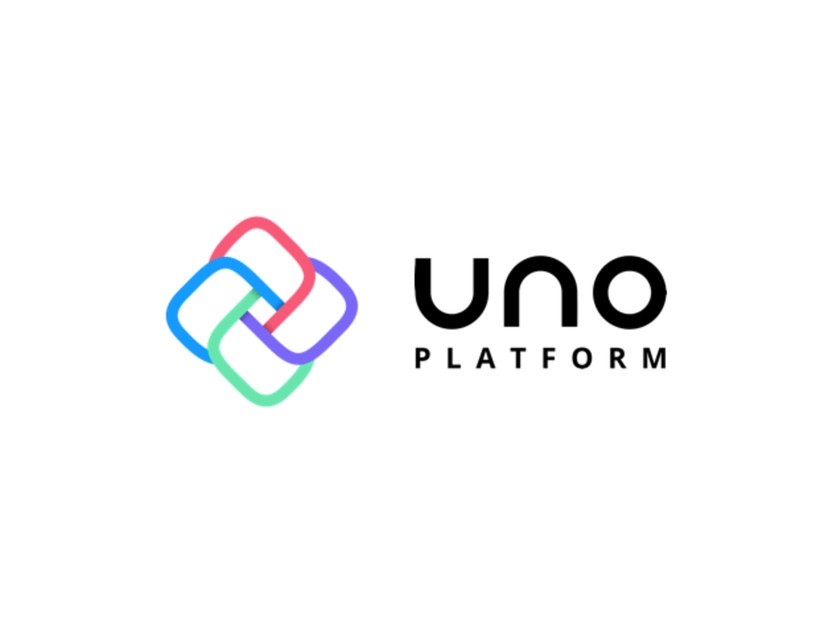
Uno Platform 4.1 – 30% Perf Boost, Android 12, .NET 6 Mobile Preview 13 and more
🕓 6 MIN It has been just over 3 months since our 4.0 release, and we’ve used that time to focus on performance as well as bringing the

🕓 6 MIN It has been just over 3 months since our 4.0 release, and we’ve used that time to focus on performance as well as bringing the

🕓 2 MIN It was a busy week with 3 full days of .NET Conf – the exciting launch of .NET 6 and Visual Studio 2022. The scalability,

🕓 4 MIN W3C’S recent first draft publication of web badging API, a feature that was previously only available on iOS and macOS targets of Uno Platform,

🕓 3 MIN WinUI 3.0 Preview 3 is a big step towards shipping the final version of WinUI. We at Uno Platform team are happy to report that

🕓 4 MIN Just recently I have converted one of my UWP games to Uno Platform – The Minesweeper 10 and I wanted to share my experience. In

🕓 3 MIN The wait is over! Uno.UI for Android now supports compilation for API level 29 (Android 10). It is now possible to use all the

🕓 6 MIN Credit: This article originally appeared at https://blog.mzikmund.com/2020/01/custom-fonts-in-uno-platform/, written by Uno community champion Martin Zikmund. Custom fonts are super useful to make your application match company

🕓 8 MIN Guest Blog Post by Andrew Hoefling The other week (10/2/2019) Microsoft had a special Surface event in New York City where they unveiled multiple dual-screen

🕓 8 MIN A few months ago, Microsoft open sourced the Windows Calculator, the very Calculator that ships with Windows 10. We decided to port it to C# and the
Necessary cookies are absolutely essential for the website to function properly. This category only includes cookies that ensures basic functionalities and security features of the website. These cookies do not store any personal information.
Any cookies that may not be particularly necessary for the website to function and is used specifically to collect user personal data via analytics, ads, other embedded contents are termed as non-necessary cookies. It is mandatory to procure user consent prior to running these cookies on your website.
Uno Platform 5.2 LIVE Webinar – Today at 3 PM EST – Watch